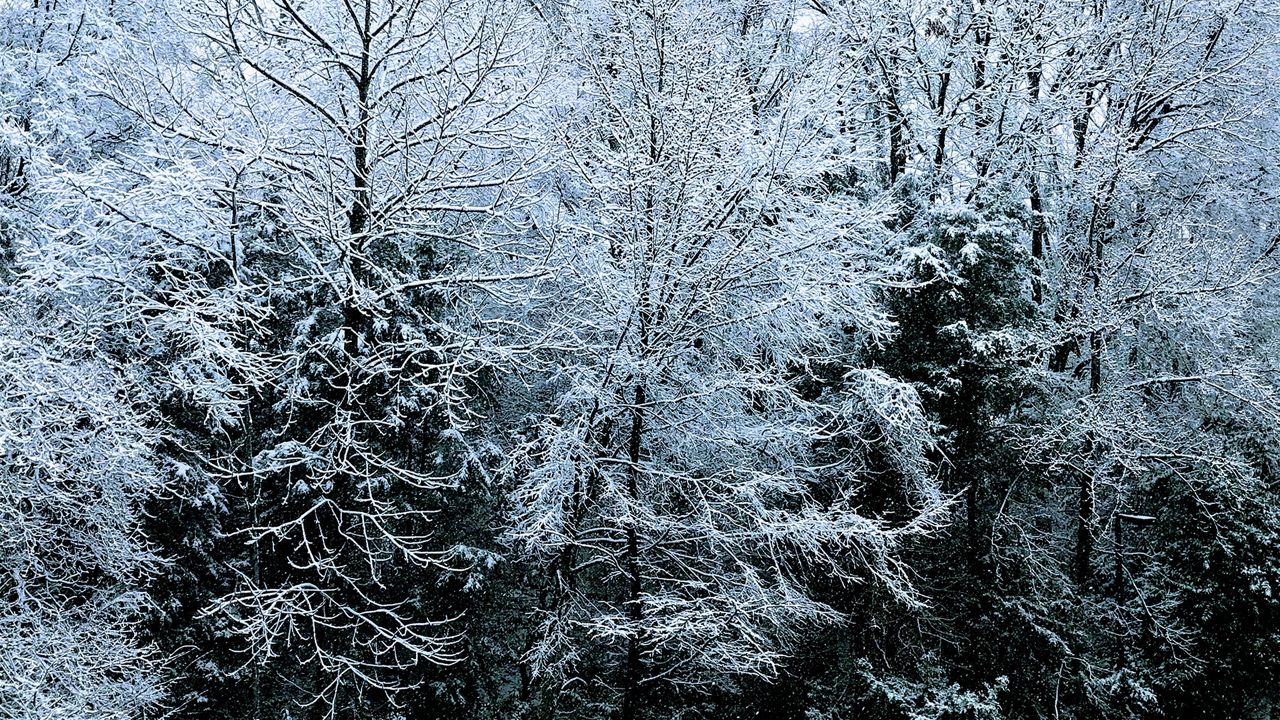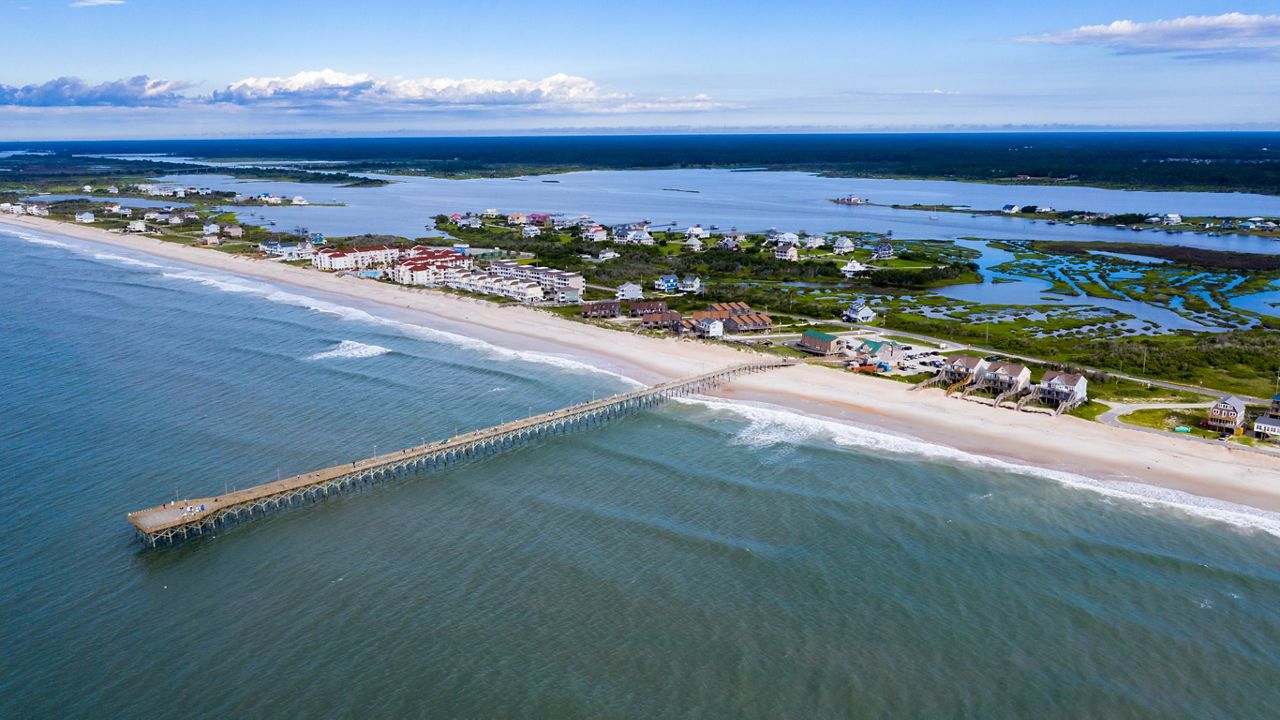Old Man Winter has left North Carolina, but did he leave a mark? In short, not really.
Asheville picked up eight inches of snow between Dec. 1 and Feb. 28, 0.8 inch above normal. Compare that to last year's dud of 1.9 inches total for the season. Asheville typically receives 1.5 inches of snowfall in March but hasn't received anything, and a good chance at snow isn’t in the picture.
The coldest temperature Asheville felt this winter was on Dec. 26 when temperatures dropped to 12 degrees. The warmest occurred on Feb. 28 when temperatures climbed to a balmy 72 degrees.
When all was said and done, December was just 0.3 degree warmer than normal. January ran about two degrees warmer than normal, and February's average temperature ended up being right on target in comparison to normal.
While Asheville picked up more snow than normal, Charlotte’s winter was lackluster. Charlotte received 0.3 inch, 3.3 inches shy of normal. It was the same total as the 2019-2020 winter season, interestingly enough.
Charlotte, on average, receives a half-inch of snow in March but hasn't received any yet, and any chances are in the rearview mirror at this point.
Temperatures in Charlotte ranged from 17 degrees on Dec. 26 to 76 degrees on Feb. 28. Despite some cold spells, December ended up averaging out 1.1 degrees warmer than normal. January was 2.2 degrees above normal and February was 0.2 degrees above average.
Boone picked up a total of 21.6 inches of snow, below average by 4.2 inches. Boone's temperatures ranged from 8 degrees on Dec. 26 and 27 to a maximum temperature of 64 degrees on Feb. 25. So far, Boone has not recorded snow in March.








_Cropped)

